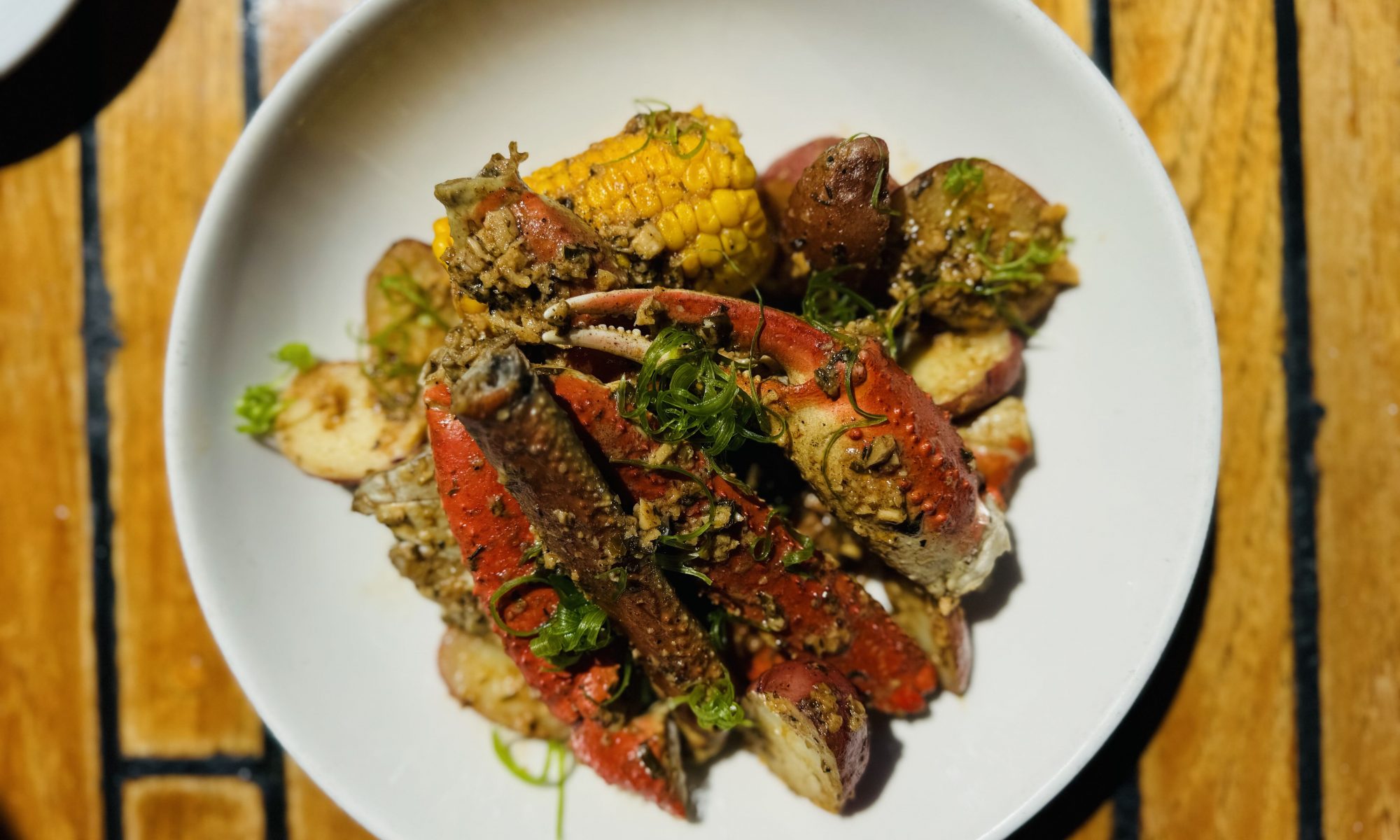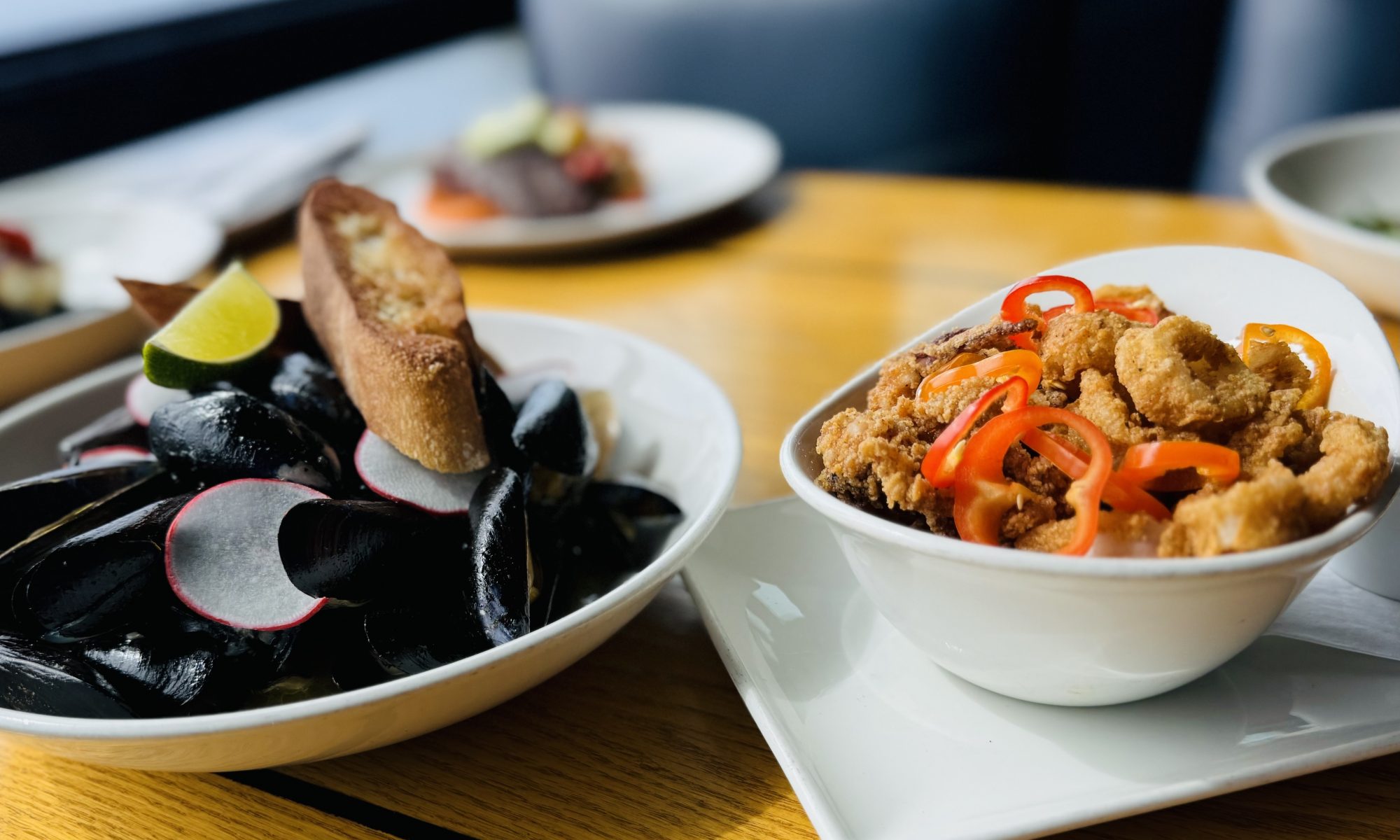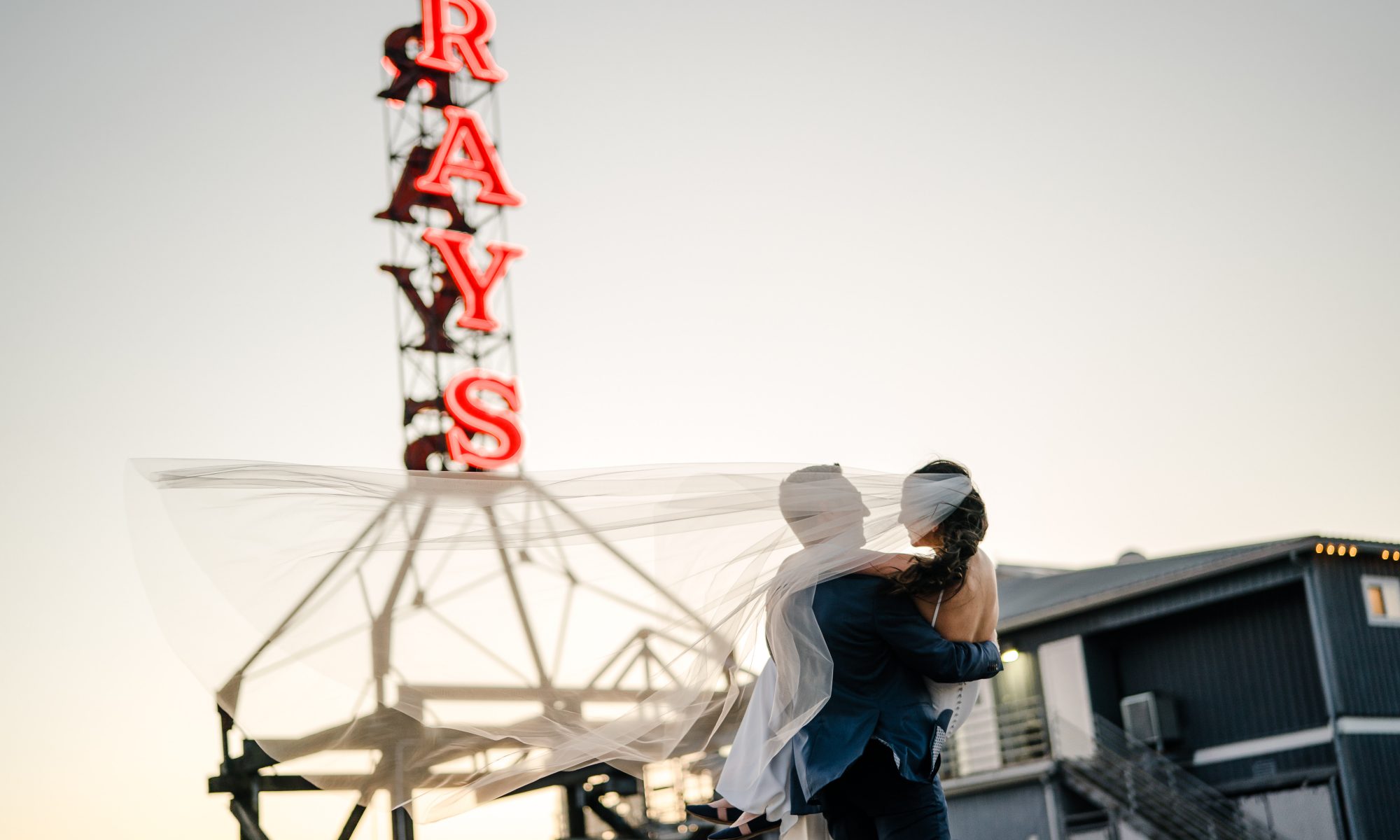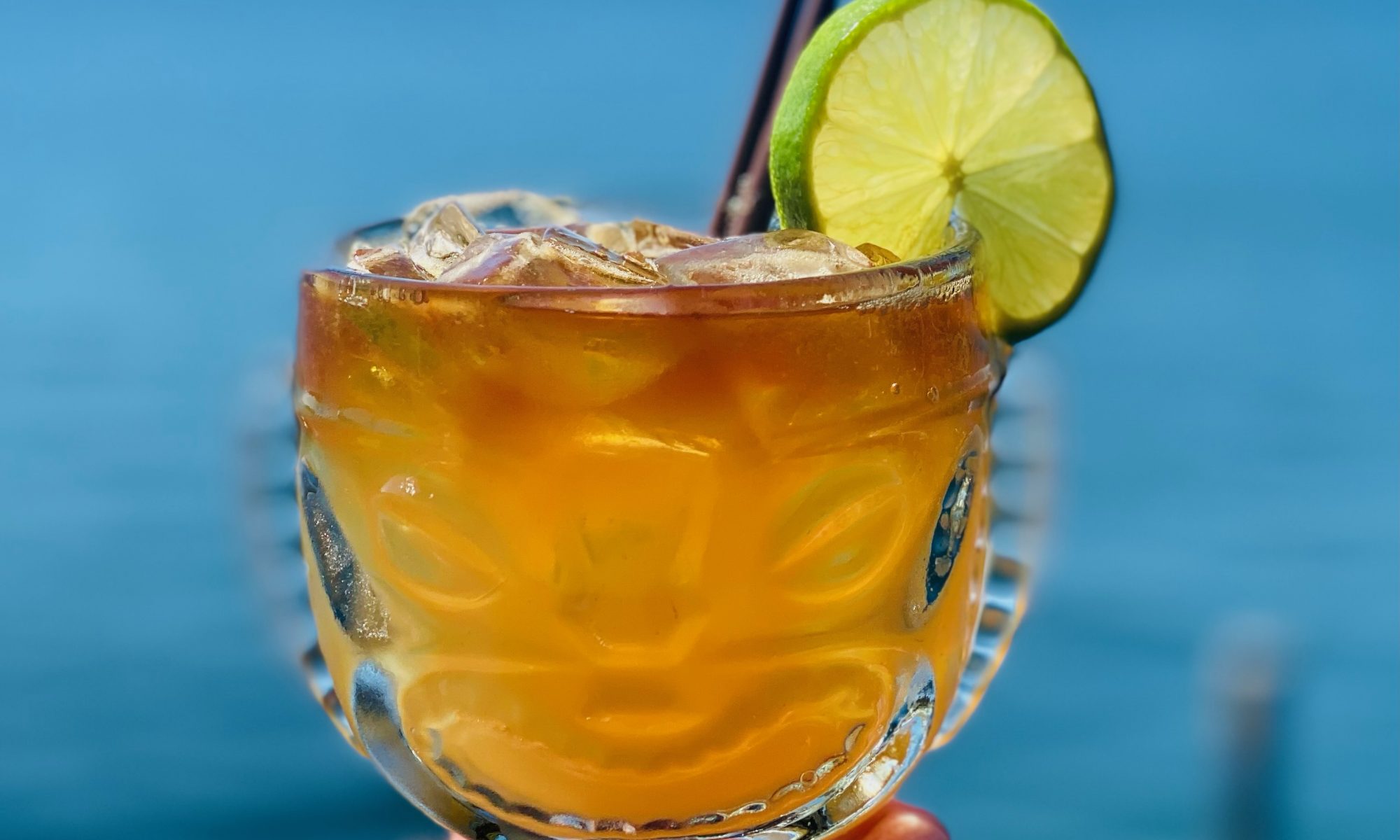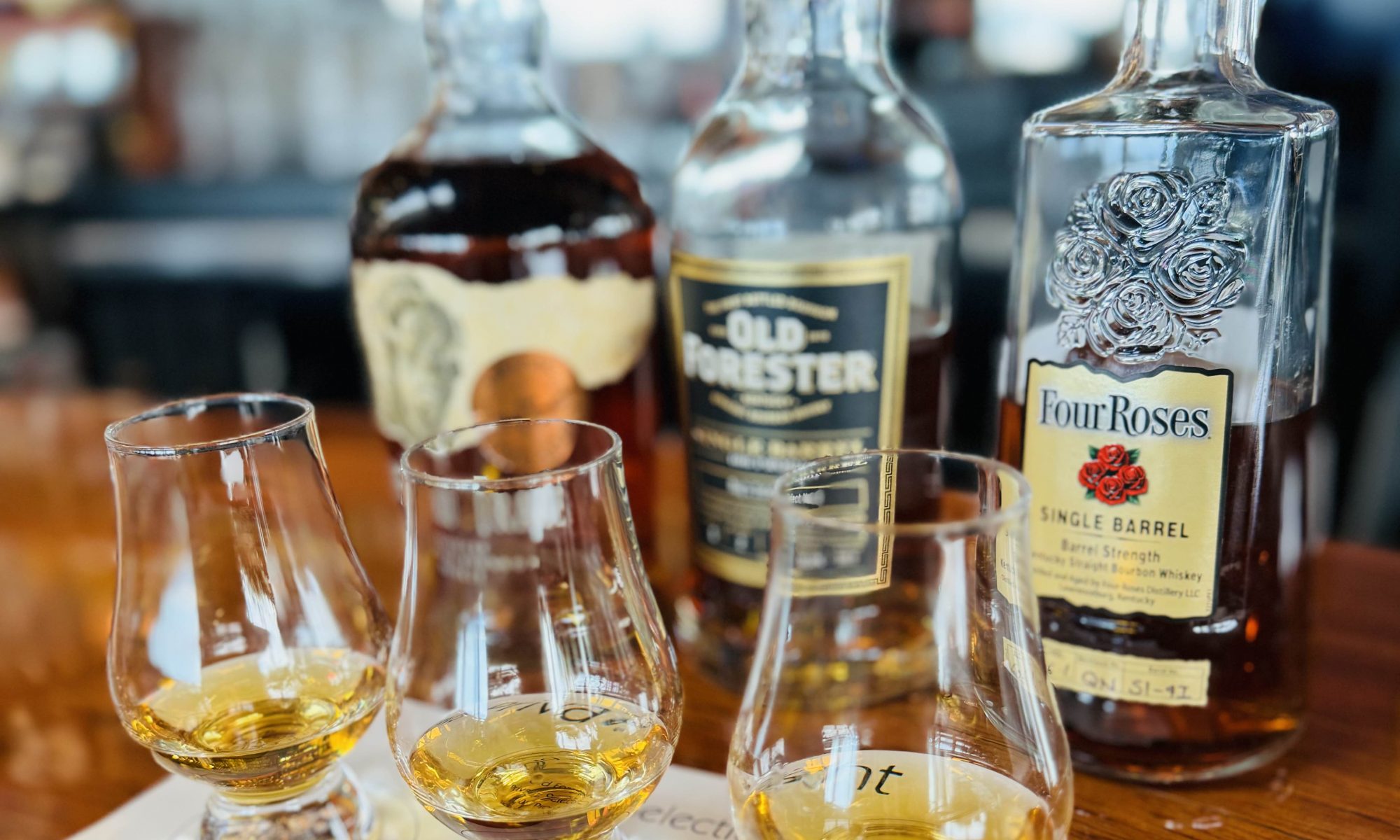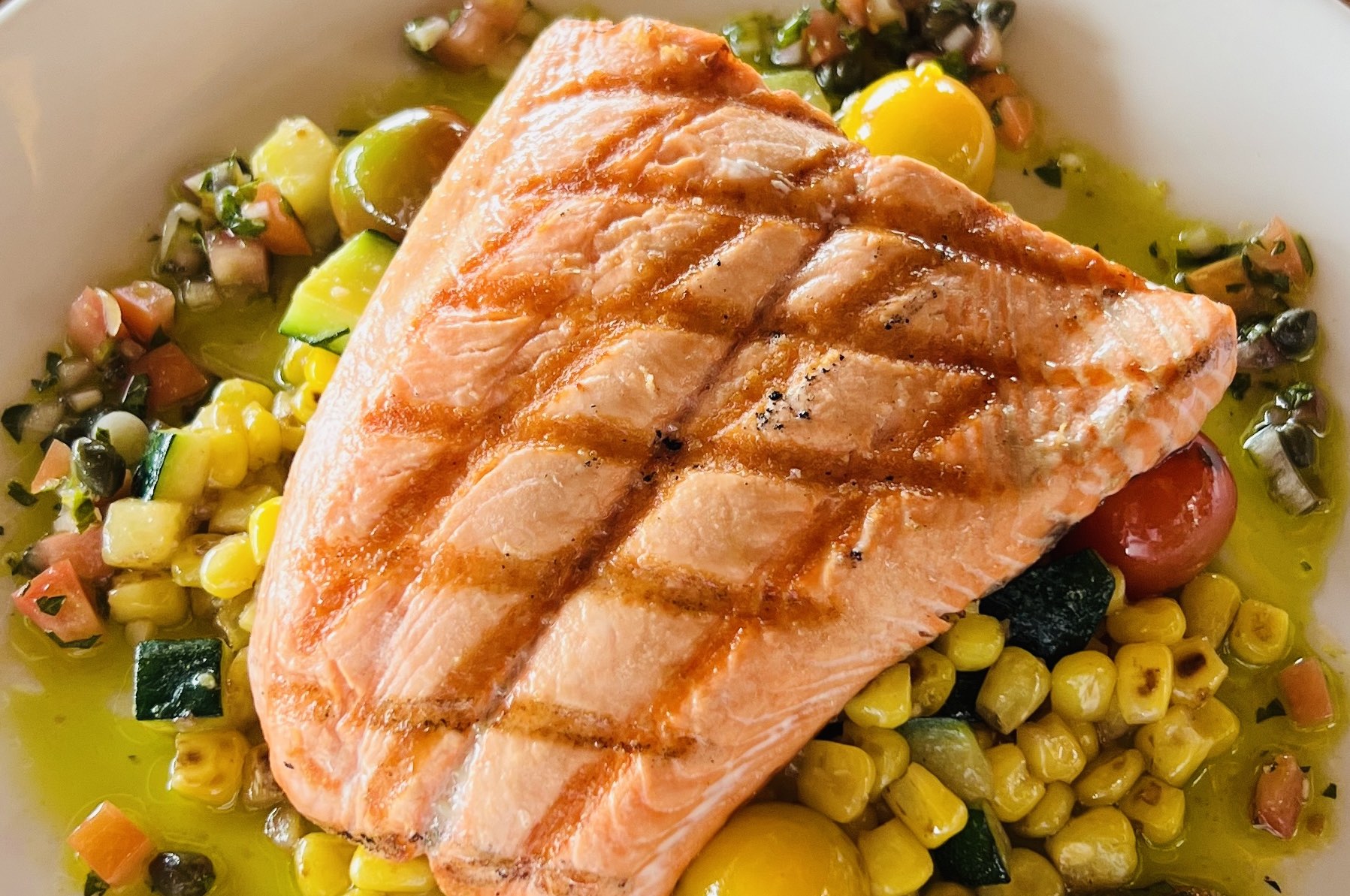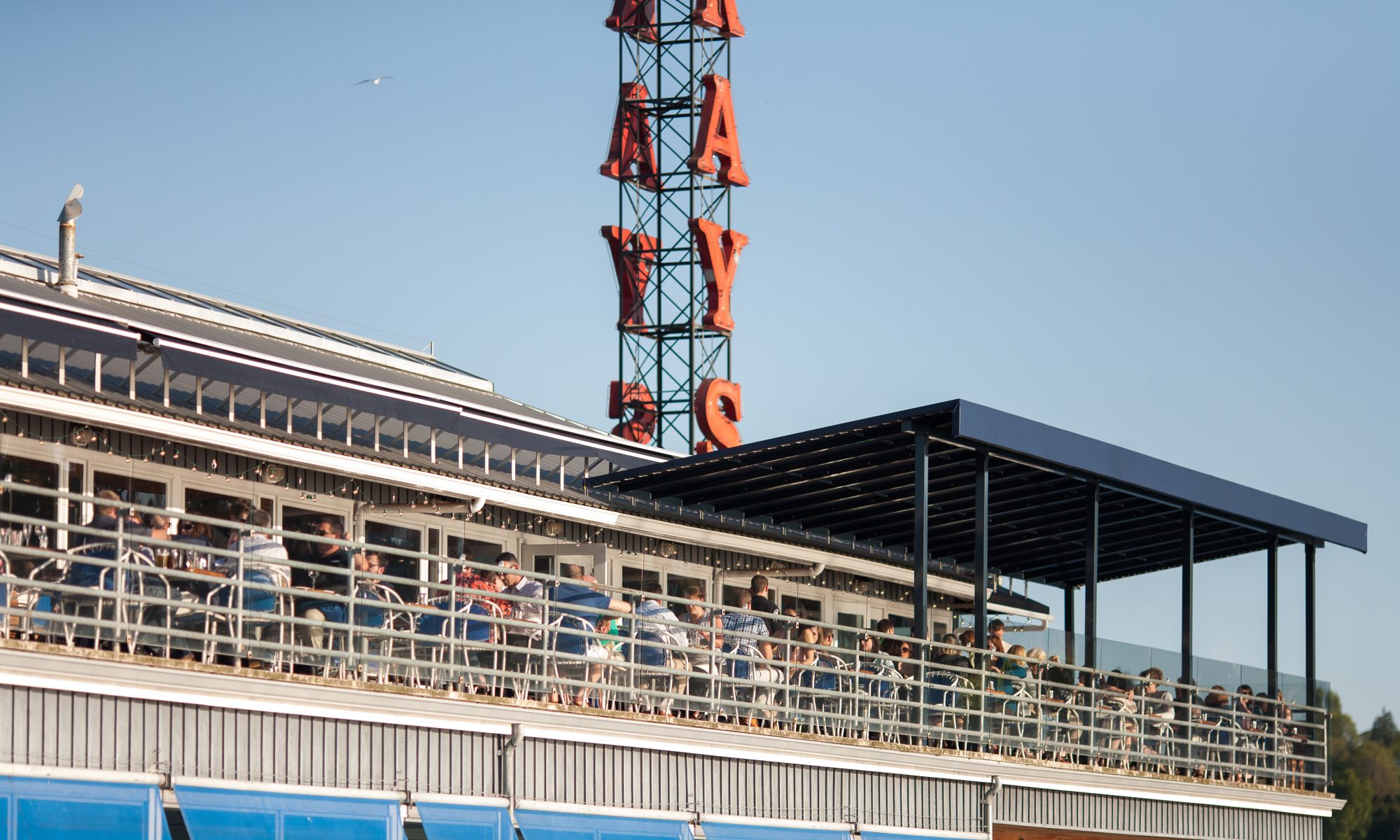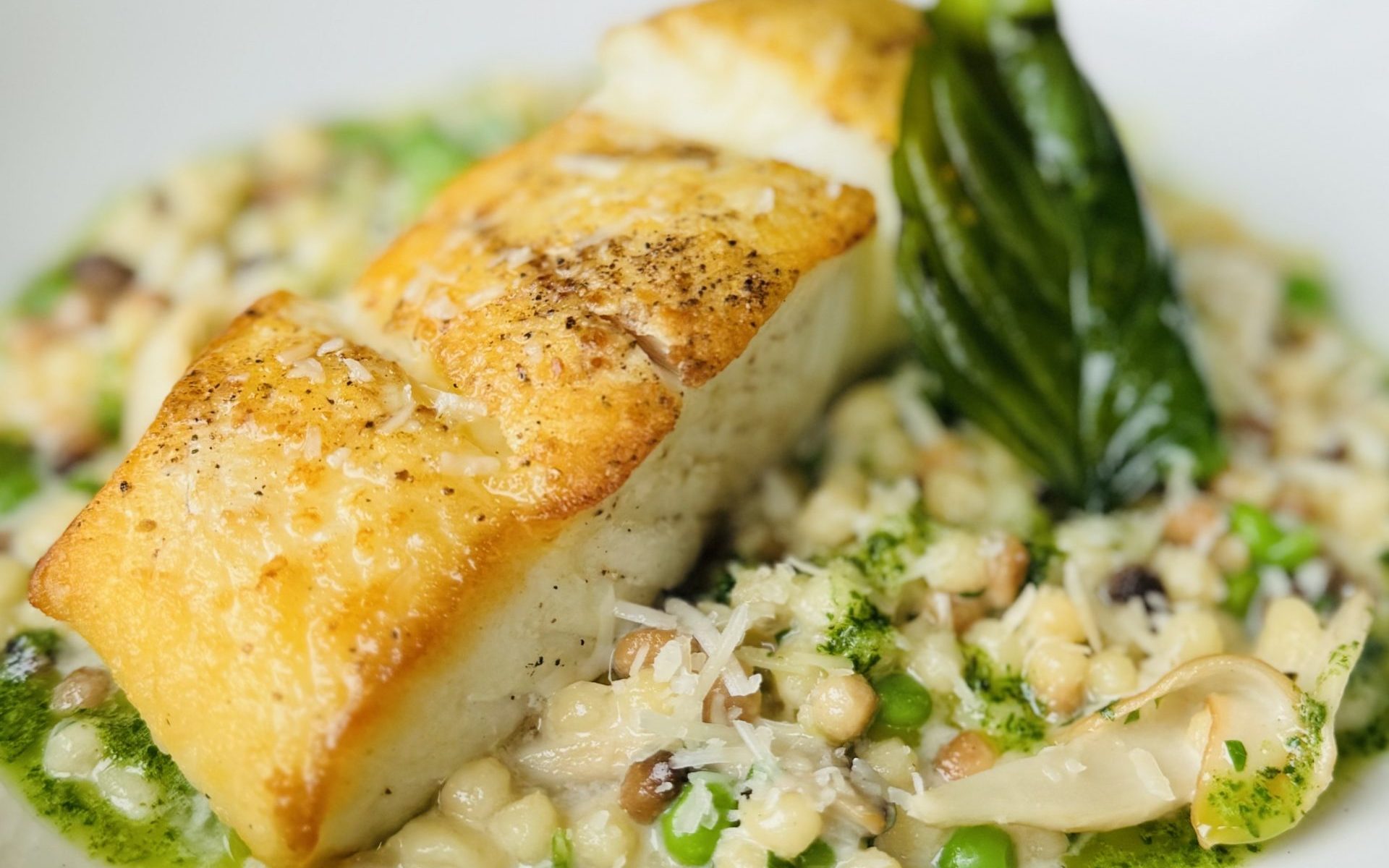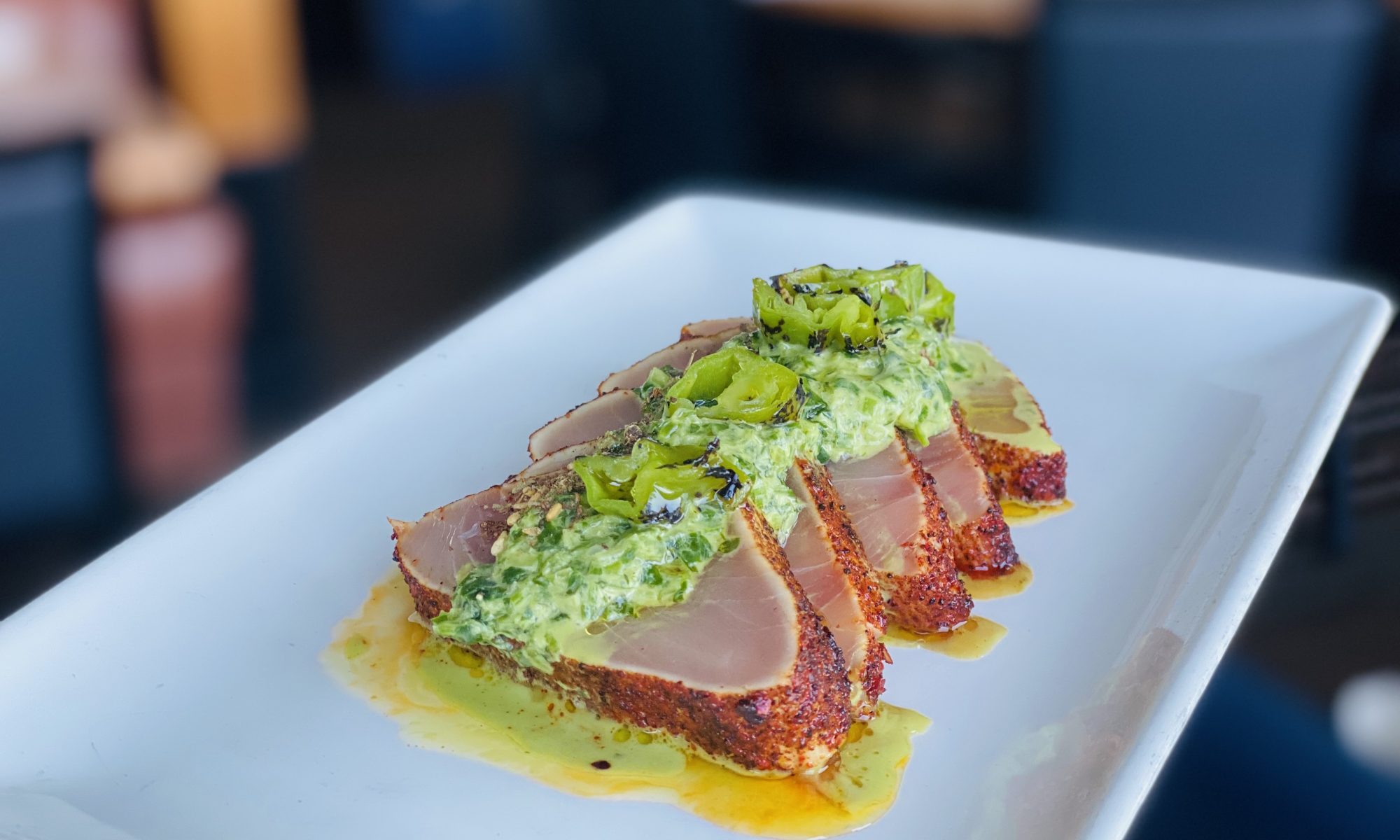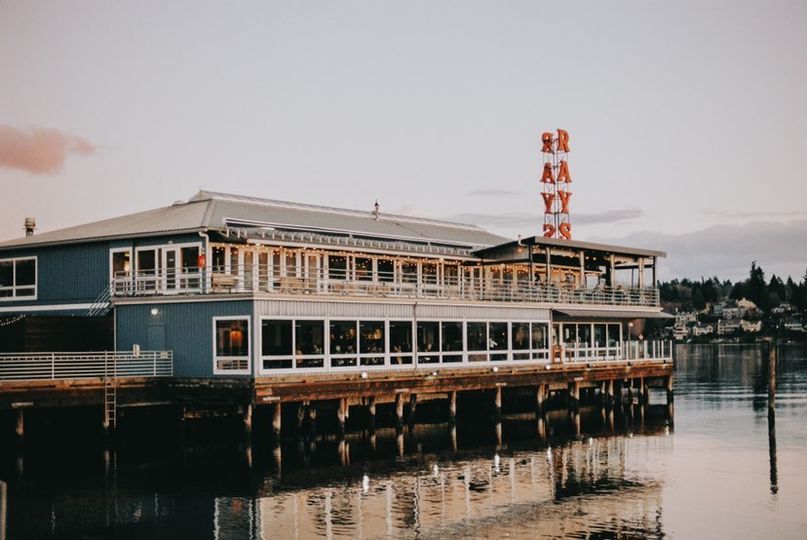It’s Summer at Ray’s Cafe and our new menu is filled with fresh PNW seafood, local ingredients and the best seasonal produce available! Enjoy lunch, happy hour and dinner at Ray’s upstairs Cafe daily starting at 11:30am, and see why Ray’s has the best waterfront dining in Seattle! Walk-ins welcome. See you soon!
Oysters on the Half Shell rotating selection with red wine mignonette
Alaskan Tanner Crab Cajun Boil red potatoes, corn on the cob, Cajun butter sauce
Warm Brie honey drizzle, bourbon blueberry compote, Marcona almonds, rosemary croccantini
Charred Corn & Dungeness Crab Salad shredded romaine, lime aïoli, cherry tomatoes, onion, avocado, cotija cheese, jalapeño, cilantro, lime
Smoked Scallop & Bay Shrimp Salad chilled smoked scallops and bay shrimp, mixed greens, shaved fennel, avocado, grapefruit, Marcona almonds, citrus vinaigrette
Fresh Wild Alaskan Halibut garlic whipped potatoes, sautéed green beans, roasted grape & fennel salad, Banyuls gastrique
Steamed Alaskan Tanner Crab WA asparagus, fried Yukon Gold potatoes, butter sauce, lemon
Seared Dungeness Crab Cakes cucumber-peach salsa, basil-lime aïoli, blistered mini sweet peppers, basil
Pan Seared Sea Scallops coconut milk-green curry sauce, jasmine rice, fresh mango-cabbage slaw, crispy shallots, Thai basil, lime
Spring Pea Cacio e Pepe bucatini, pancetta, green peas, snap peas, cacio e pepe butter, breadcrumbs, herbs
Roasted Zucchini and Yellow Squash sautéed quinoa, mushrooms, spinach, roasted red bell pepper sauce
Grilled Double R Ranch Bavette Steak roasted baby carrots, toasted walnuts, bleu cheese crumbles, Banyuls gastrique

